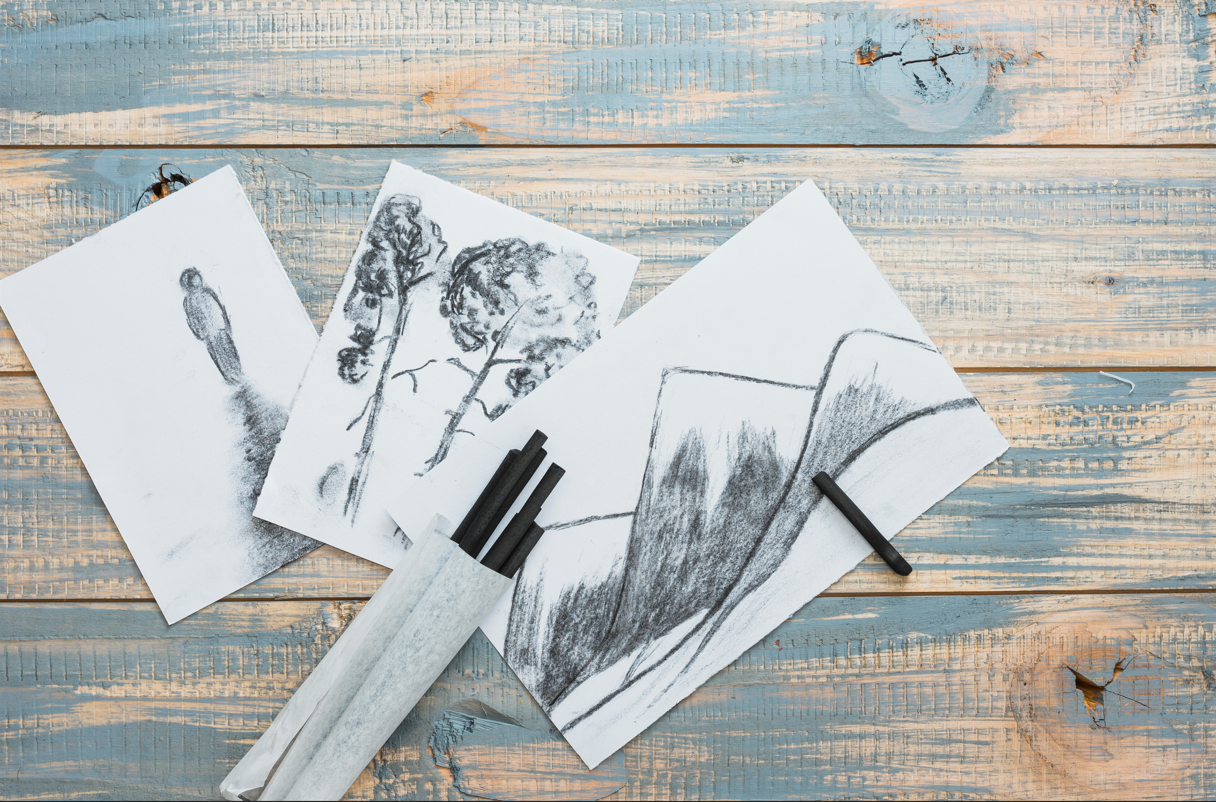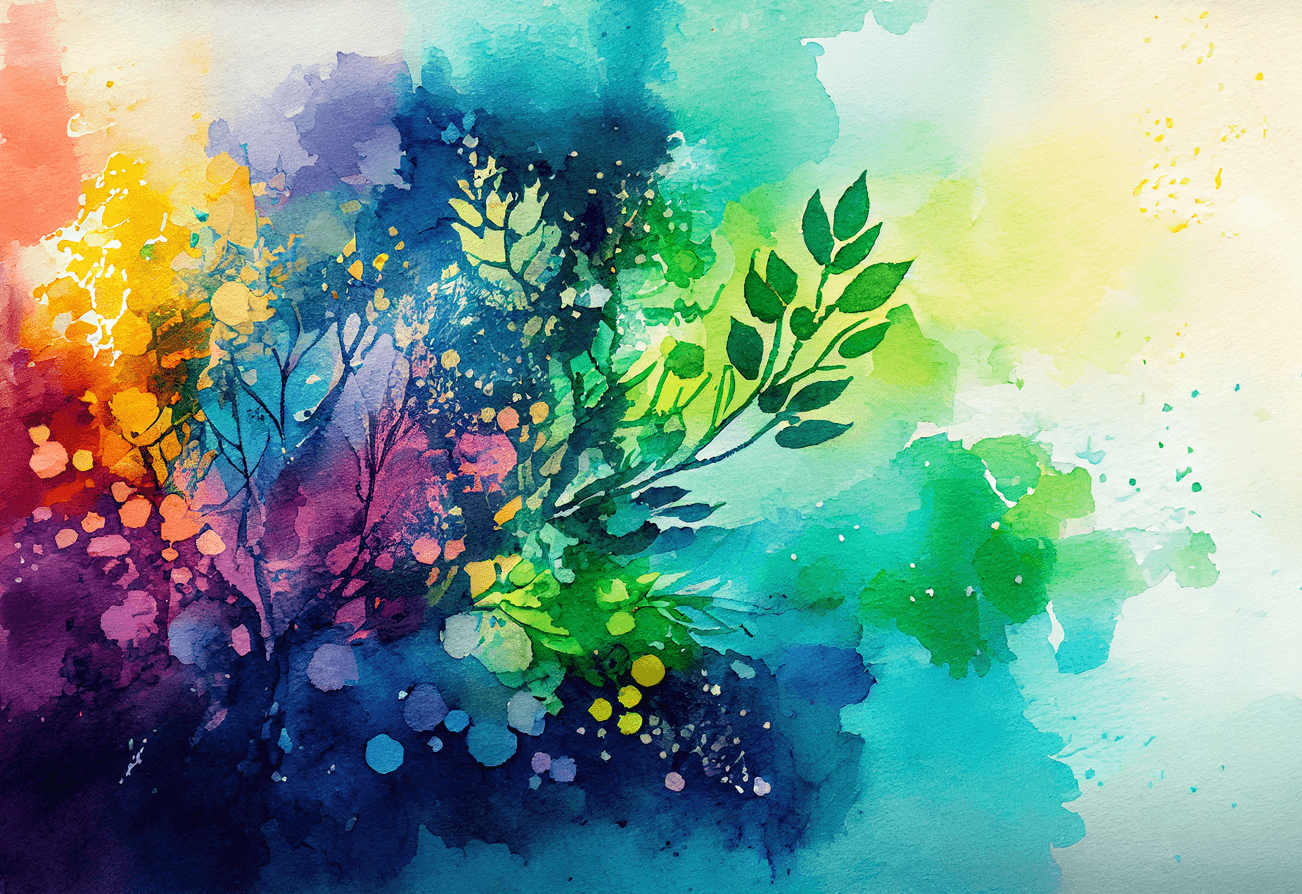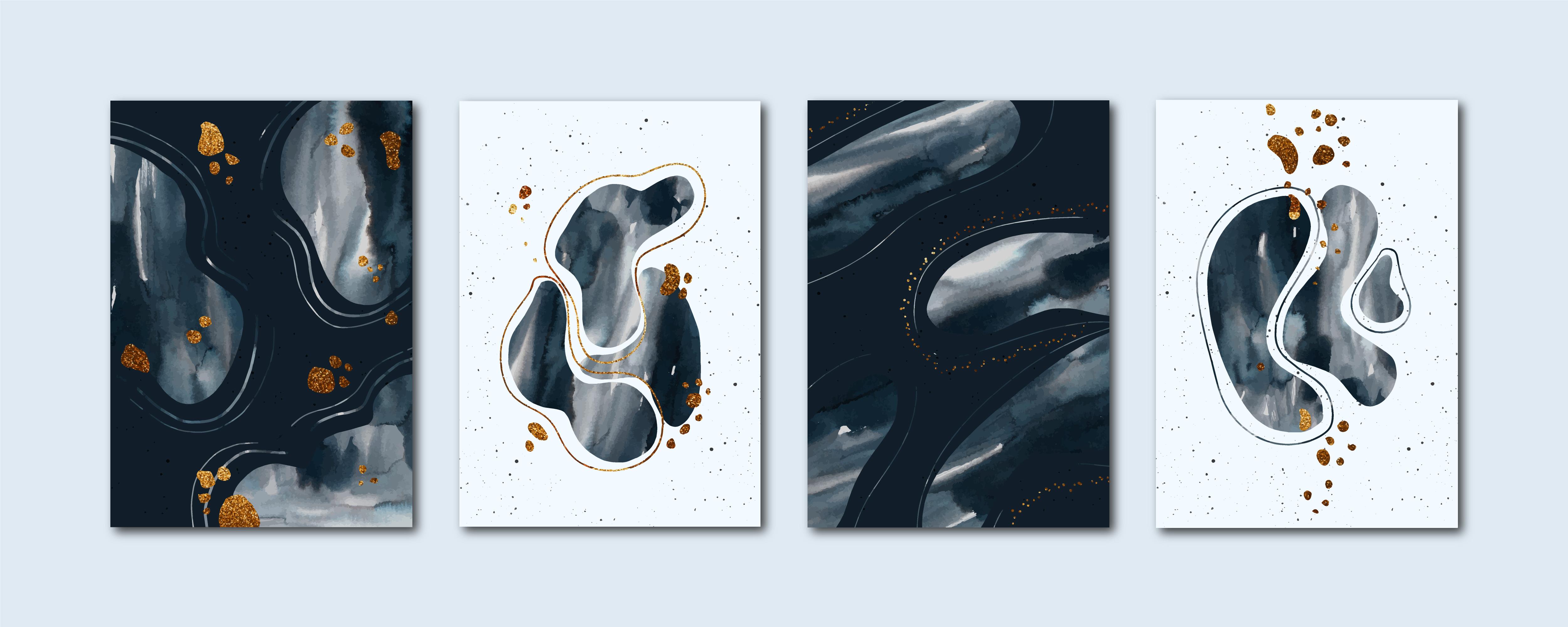PREVIOUS POST
What are the differences between photo paper and Archival Media
 Leave a Comment
Leave a Comment
When you have photo papers, why should you consider any other types of paper for printing photographs? This is a commonly asked question among photography enthusiasts. This post discusses what distinguishes photo paper from archival paper, and their features. Understanding these aspects would help you choose the right paper for Canvas printing of your pictures.
Photo paper
Photo paper, as the name suggests, is a special type of paper used for printing photos. It comes in different finishes, each giving a distinct visual impression. Depending on your aesthetic preference and the photograph, you can choose from among these various finishes. But before we look at the finishes, let’s turn our attention to another important aspect that determines the paper's quality - its weight.
The weight of the photo paper is measured in a unit called grams per square meter or GSM. The idea is simple- the bigger the GSM, the thicker the paper. While printing photographs, it’s important to choose a photo paper with the right thickness. Generally, if the paper is lightweight- 70 GSM or below- it doesn’t yield good print results and is unsuited for Archival Media Prints or art reproduction. Professionals typically choose paper in the range of 150 to 250 GSM for printing photographs. Also, if the print is intended to be used for a long duration, opt for a higher GSM. For shorter uses, papers with lower GSM may well do.
Glossy
Among the most common paper finishes, glossy comes with a sheen that looks like a polished coating. However, this is not a good choice for archival media prints or art reproductions since the print causes glare in the line of light. It is more suited for personal photographs which you may keep in a photo album.
Matte
Matte finish paper is ‘flat’ in appearance, meaning it lacks the sheen that is common to finishes like glossy. Due to its somewhat stark appearance, it’s especially suited for printing black and white images.
Satin
If you like your prints a little shiny but not up to the level of glossy, satin is the choice for you. This finish is especially suited for portraits.
Pearl and Lustre
This is an enhanced version of a satin finish, providing a certain texture to the picture. With its classy appearance, it is a good enough choice for art reproduction.
Archival paper
While regular photo papers are meant for printing personal photographs and other similar pictures, archival papers are created specifically for archival media prints and Art Reproduction. These acid-free papers can counter deterioration for significantly long periods, sometimes up to decades. This makes them ideal for preserving or ‘archiving’ images so they can be enjoyed across generations.
But it’s not just the durability that makes archival papers a preferred medium for art reproduction and archival media prints- it’s also the fact that images you print on them would have a high fidelity to the original. This is especially important for displaying artworks in museums. As you can imagine, factors like depth of image and clarity are of utmost importance to the enjoyment of art. Archival papers make a perfect fit in this context.
Aside from being acid-free, archival papers are also lignin-free and pH-balanced. Such aspects ensure that the image doesn’t incur problems like fading and yellowing. As for the materials with which they are made, natural fibers are used, like alpha-cellulose and cotton. Such materials are known for their strength while they also bring the element of texture.
Archival media prints using archival papers are not just ideal for preserving images for a long, they also aid photographers in creating limited-edition prints of their works. This helps bring their work to an even bigger audience who may not be able to afford an original print.
Tags: Archival Media Prints, Art Reproduction, Canvas printing
Leave a Reply
Your email address will not be published. Required fields are marked *


